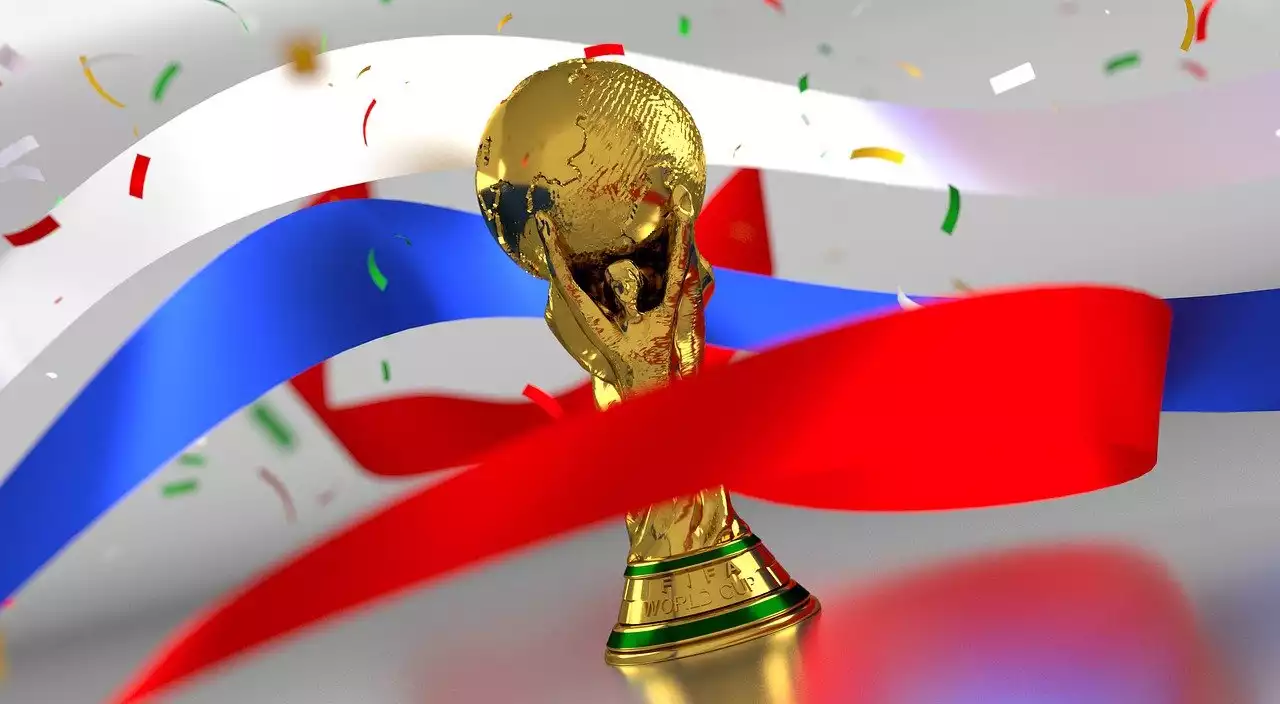The aftermath of the second world war left a lot of people with a broken spirit. With so much agony and destruction, it was almost impossible for the world to get back to normal. However, no matter how bad things got, some believed that there was always light at the end of every tunnel. One such person was Sir Winston Churchill, the British Prime Minister who led England through those difficult times. As a token of his love for football and as an attempt to bring together nations from across Europe in a show of unity, Sir Winston proposed the idea of holding an international football tournament every four years after WW2 similar to what he had done as First Lord of the Admiralty before the outbreak of war in 1939. This time around, however, he would be leading from the front as Prime Minister (and also because things didn’t go so well for him last time). With support from other prominent figures around Europe like General Charles de Gaulle (the leader of Free France) and Dr. Rudolf Venderer (president of Switzerland), they started working on a plan to hold this World Cup after WW2 once again in June 1945 during the interwar period between wars called The International Football Conference "The Bildergaln".
The football world was still coming to terms with the horrors of World War 2 when the prospect of a new FIFA World Cup arose. The war had forced many competitions to be canceled or postponed, but in 1946 the challenge was set for qualifying nations to play their way back into the international fold. The first post-war edition of the tournament would have an unfortunate reputation for being marred by defensive tactics and airtight marking; it was a time before catenaccio took over Italian football, and this was reflected in the cautious nature of many teams. But these concerns were not apparent at the time, and so preparations began almost immediately. The first World Cup after WW2 saw only 13 teams participate in England as FIFA struggled to rebuild its membership and neutral countries willing to house them again. As a result, several European nations declined to field their strongest teams once more Hungary being a notable example and other regions were neglected in favor of more readily accessible competitors.
The World Cup after WW2: How and Why?
The first-ever World Cup was held in 1930 in Uruguay with only 13 participating nations. As the popularity of the sport grew and more and more countries began to take up football, there was a need to expand the World Cup to accommodate more nations. As a result, the number of participating nations increased to 16 in 1950 and then to 24 in 1970. It was only after the World Cup after WW2 that the number of participating nations increased further to 32. The World Cup after WW2 was held in Brazil due to several reasons. The Brazilian government requested the event to boost the morale of its citizens who were reeling under economic and political turmoil. At the same time, Brazil was also keen to show the world that it was strong enough to host such a huge event.
The trophy and the medals
The trophy, which was permanently awarded to the winners of the tournament, was designed by the famous jeweler Fabergé upon the request of Sir Stanley Rous, the president of FIFA. It was made from a mixture of melted-down gold coins and sterling silver and featured two stylized soccer players kicking a ball at the top. The medals were designed by Thomas Gibbons and feature the same design as Olympic medals of the time. They were awarded to the winners and runners-up of the tournament, along with gold and silver medals for the winners of the third-place play-off.
The Format
The tournament featured 13 teams playing each other once in a round-robin format. The top two teams progressed to a final group, along with the two best third-placed teams. This system was widely criticized, especially by the Football Association which sought to introduce a knockout format instead. However, they were voted down, and the tournament was played out with the existing system. The group stage was a rather cautious affair, with each team taking in turns to sit back and protect their lead. The majority of games were low-scoring, with the most exciting game being the 3-3 draw between England and Brazil. The final group stage saw teams looking to settle for a third-place finish, and Italy and Sweden were two of the first teams to clinch their places in the final.
Conclusion
The FIFA World Cup is an international football tournament that is held every four years with the next edition to be hosted in 2022 by Qatar.
The tournament is considered to be the most prestigious sporting event in the world. After the Second World War, there was a proposal to host an international football tournament every four years. The first ever tournament was hosted in Brazil where the participating teams were made up of nations from across Europe. The tournament was named the FIFA World Cup after WW2.


 The Journey of Bolivian Players into European Clubs
The Journey of Bolivian Players into European Clubs
 Europa Conference League Dark Horses: 5 Teams to Watch
Europa Conference League Dark Horses: 5 Teams to Watch
 5 Must-Have Items for Every Champions League Fan
5 Must-Have Items for Every Champions League Fan The Origins of the FIFA Organization
The Origins of the FIFA Organization The History of the Jules Rimet Trophy
The History of the Jules Rimet Trophy FIFA and the Sepp Blatter Story
FIFA and the Sepp Blatter Story Famous Past Presidents of FIFA
Famous Past Presidents of FIFA A Brief History of the FIFA World Cup
A Brief History of the FIFA World Cup